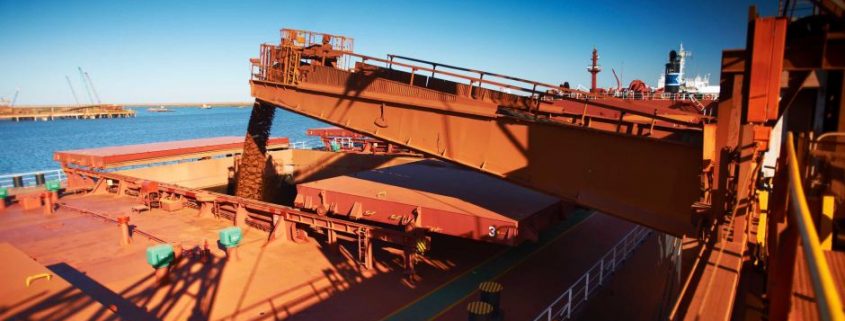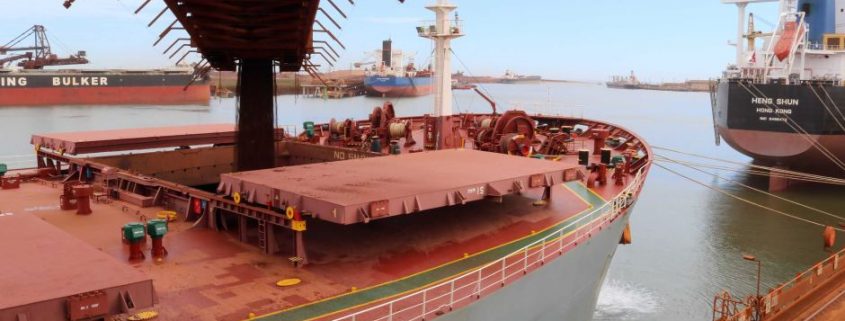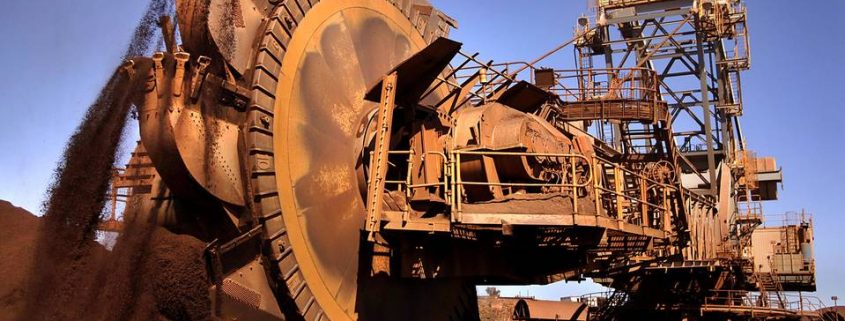Elliott’s BHP acquisition: Dividends Yes; Total Victory – Not yet;
Who lightened the area?
Firstly, if we observe the subject closely, it is inviting to consider BHP Billiton as the one who gouged into demands by Elliott Advisors. As well they seem to have together agreed about selling BHP’s U.S. onshore oil & gas business.
The main thing to mention is that in an official letter from April, Elliott had 3 major points. Two of which were depriving the U.S. shale assets and pushing up the shareholder returns.

But the thing we ask ourselves is, whether the BHP’s decision was firmly inspired by Elliott.. Or it would have happened either way.
Observing the dividends, it is clear that BHP would follow it’s bigger fellow Rio Tinto moves. Trying to return as much cash as possible to their investors. In particular the huge boost of free cash flow coming from higher prices of their base: Iron ore and Coal.
Overview
Last Tuesday BHP said that it would triple its final dividend to $0.43 a share. Which is slightly below the expectations of analysts.
”The world’s largest mining company also posted a five-fold rise in annual underlying profit to $6.7 billion for the year to June 30, which was below the market consensus for earnings of around $7.4 billion. (Reuters)”
It could be argued the increase in the dividend was generous.
Second thing worth mentioning, is that BHP decided to pay down net debt. The debt was at the beggining reduced at $10 billion, and this move is definitely to strengthen the company’s balance sheet.
Furthermore, it is possible that Elliott would have preferred the FCF being generated by BHP & used for a share buyback. Makes it much more effective than being used in cutting debt.
“We have determined that our onshore U.S. assets are non-core.”
“We are actively pursuing options to exit these assets for value.” BHP said in its results presentation (Reuters)
Elliott definitely deserves credits for finding a way to enter BHP’s underperforming assets. It is also clear that at some point they saw that $20 investment in shale, made 6 years ago, was not the greatest move they made.
Investors Aims
What is likely to be of more relevance to Elliott, and other investors, is how sustainable are BHP’s increased dividends.
When making a commentary, the company was very cautious. Stating that Crude Oil prices will trend higher. Steel demand will slightly grow. While the cost curve for the iron ore is going to continue flattening.
BHP is seeing a slight uncertainty in China’s metallurgical coal; but the outlook for overseas market is in all positive.
In tanto, it seems that BHP isn’t expecting the prices of its major commodities to rally strong. But, it equally it is not forecasting any important declines.
In conclusion, the company should remain a strong generator of cash. Adding & assuming it remains committed to capital discipline. Returns to main shareholders can increase. But, it’s highly unlikely that the massive jump in dividends, as the one from June 30th will repeat soon…




 Miners will accept the proposal only if they benefit substantially.
Miners will accept the proposal only if they benefit substantially.


 The sharp decline is partly due to the strong rally over the past 13 months, which saw prices almost triple. Sending iron ore to levels that appeared well overbought. Given the market remains well supplied and will have to absorb more than 100 million tonnes of new low-cost production from Australia and Brazil this and next year.
The sharp decline is partly due to the strong rally over the past 13 months, which saw prices almost triple. Sending iron ore to levels that appeared well overbought. Given the market remains well supplied and will have to absorb more than 100 million tonnes of new low-cost production from Australia and Brazil this and next year.
 Rio Tinto is a British-Australian multinational, and one of world’s largest metal and mining corporations. Rio Tinto(RIO.AX) (RIO.L) on Thursday said first-quarter iron production from Australia fell 3 percent. In comparison with the same period a year ago. Mostly due to wet weather at its mines. Heavy rain ruined Rio’s outputs. Despite weakening ore prices it kept its full-year guidance intact.
Rio Tinto is a British-Australian multinational, and one of world’s largest metal and mining corporations. Rio Tinto(RIO.AX) (RIO.L) on Thursday said first-quarter iron production from Australia fell 3 percent. In comparison with the same period a year ago. Mostly due to wet weather at its mines. Heavy rain ruined Rio’s outputs. Despite weakening ore prices it kept its full-year guidance intact. in the north of Western Australia. Also It is known for its Aboriginal peoples. Furthermore, having ancient landscapes, the red earth, its vast mineral deposits, in particular iron ore. Pilbara mines output totaled 77.2 million tonnes, the company said. Full-year shipping guidance was kept at 330 million-340 million tonnes.
in the north of Western Australia. Also It is known for its Aboriginal peoples. Furthermore, having ancient landscapes, the red earth, its vast mineral deposits, in particular iron ore. Pilbara mines output totaled 77.2 million tonnes, the company said. Full-year shipping guidance was kept at 330 million-340 million tonnes. Shipments from the Australian mines in the first quarter were flat at 76.7 million tonnes against the year-ago period, but down 13 percent from the previous quarter.
Shipments from the Australian mines in the first quarter were flat at 76.7 million tonnes against the year-ago period, but down 13 percent from the previous quarter.
 In other minerals, Rio Tinto stuck to a full-year target of producing between 3.5 million 3.7 million tonnes of aluminum following a 2 percent rise in first-quarter production.
In other minerals, Rio Tinto stuck to a full-year target of producing between 3.5 million 3.7 million tonnes of aluminum following a 2 percent rise in first-quarter production. sales of the metal make up for about 60% its export earnings. In Escondida mine strike, workers gave up because they asked for different conditions.
sales of the metal make up for about 60% its export earnings. In Escondida mine strike, workers gave up because they asked for different conditions.